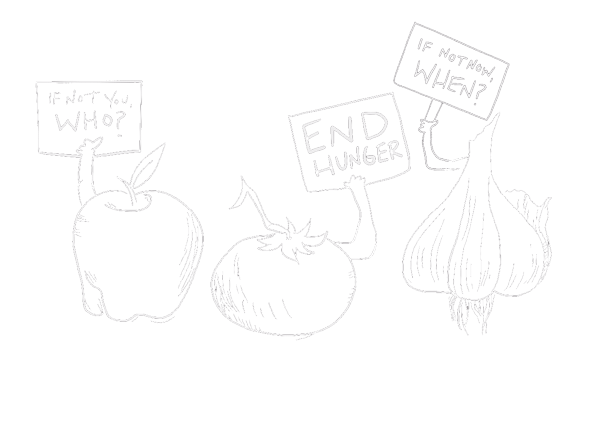How We Work

Feeding San Diego is a non-profit hunger relief and food rescue organization. We are funded almost entirely by donations from individuals and privately run foundations. That means we rely on the generosity of our community to sustain all of our programs.
So, let’s say you donate $1 to Feeding San Diego—that dollar helps provide two meals to the community.
You might be asking yourself, how can $1 help provide two meals? There are a few reasons:
- Our buying power: Through our own connections and our membership in the Feeding America network, we can purchase food in bulk at much lower prices than your local supermarket.
- Food donations: Your donation supports the work of our sourcing team, which coordinates donations from food producers.
- Food rescue: Your donation supports the work of our food rescue team and its partnerships with local stores and farms.
What is food rescue?
More than 31% of food produced in the U.S. goes to waste every year. With food rescue, we intervene. We work with food donors to rescue surplus food that cannot be sold and distribute it to the community.
90% of the food we distribute is rescued. Rescued food comes from a wide variety of sources, including farms, grocery stores, and food manufacturers.
Food rescue also allows us to keep more food in local communities. In addition to rescuing food and bringing it to our distribution center, we also connect our community partners with stores in their areas, empowering them to rescue food directly for those they serve. Between July 1, 2024, and June 30, 2025, our network made over 900 weekly food rescue pickups from local food producers!
There are various costs associated with food rescue, such as pack and ship fees for rescued produce from farms, but overall, food rescue costs less than purchasing food outright, helping your donation go further.

How food gets out to the community

Between July 1, 2024, and June 30, 2025, Feeding San Diego distributed more than 37.4 million pounds of food to the community.
How do we move so much food!?
We have two methods of getting food to the community. One is our direct service sites. Feeding San Diego hosts mobile pantry and produce pantry distributions throughout the county. In addition, we have the Feeding San Diego Marketplace at our distribution center, where neighbors can shop for no-cost groceries.
The other method is our network of community partners. We work with almost 200 nonprofits, faith-based organizations, and other agencies, providing them with food directly or connecting them with our food rescue partners.
How we decide what food to distribute

Healthy & Nutritious
Studies show that healthy food is often more expensive and harder to access. That’s why Feeding San Diego prioritizes fruits, vegetables, and other nutritious foods for our community. In fact, 90% of the food we distribute through our distribution center are considered “Choose Often” foods according to the Healthy Eating Research (HER) guidelines.

Gleaning
All food we distribute is gleaned first, either by volunteers at our distribution center or by our partners who rescue food directly. Gleaning is a process of inspecting food to ensure it is safe for our community to eat. This process may involve checking produce for damage or decay or reviewing food labels for expiration dates.

Community Choice
We strive to provide our community with foods that meet their nutritional and cultural needs. One way we do this is by partnering with specialty markets, such as Asian or Mexican supermarkets. We also purchase items during the holidays that support our neighbors’ holiday traditions, such as corn masa for tamales.
Right now, I have $4 in my checking account. I don’t have money for food. We get good stuff, we get milk, eggs. Hopefully, it keeps coming.
“I just retired from the DMV. I was working for 15 years, almost, and I used to work for the Superior Court. I’ve had really good jobs, but now I can’t even survive. I’m barely making it. I have a good retirement and my Social Security. I’m 67. But when you pay over $3,800 just for your rent, you don’t have money, and I have a car payment and insurance. It’s over $4,000. It’s really, really hard. Right now, I have $4 in my checking account. And I have to go get medication. I don’t have money for food. I get food bank. Hopefully, it keeps coming. We get good stuff, we get milk, eggs. But it’s getting to be less and less and less and more and more people.”
— Esther, a retiree who attends Feeding San Diego food distributions









